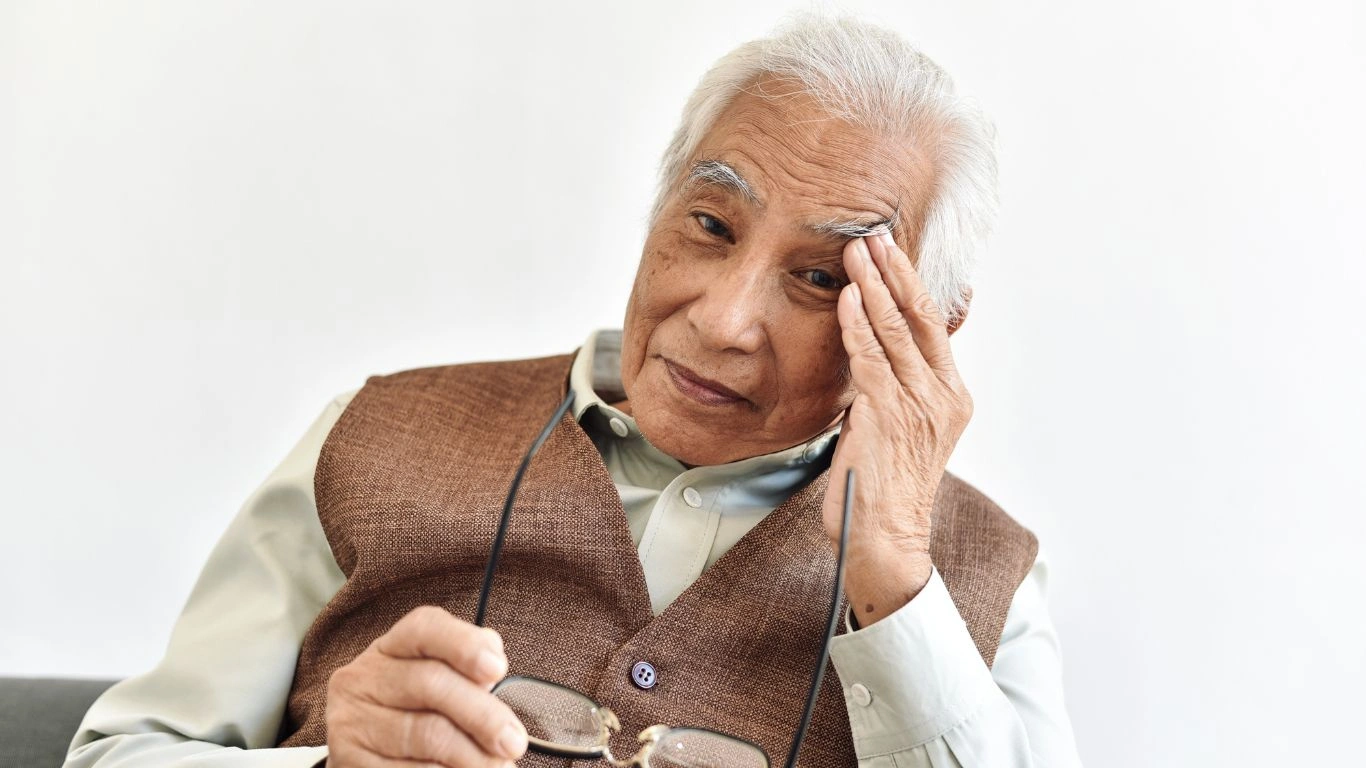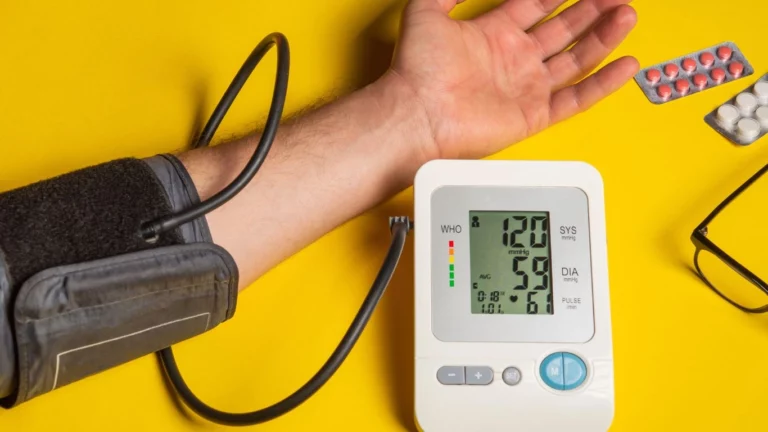Best Breathing Exercises for Blood Pressure: Simple Techniques You Can Try Today
Hey there! If you’re reading this, you’re probably looking for ways to lower your blood pressure without relying solely on medications. As someone who’s spent years working with patients, I can tell you that incorporating breathing exercises into your daily routine can really make a difference. In fact, the best breathing exercises for blood pressure can help reduce your stress levels, calm your body, and ultimately lower that pesky hypertension.
It’s all about getting your body to relax, slow down, and hit the reset button. Trust me, I’ve seen it work, and it doesn’t have to be complicated. Breathing exercises are simple, effective, and totally free. Whether you’re at home, at work, or even on the go, these techniques can be done anywhere. And no, you don’t have to be a yoga guru to get the benefits!
Why Breathing Exercises Are So Effective for Lowering Blood Pressure 🌬️

Before we dive into the exercises, let’s talk about why they actually work. Blood pressure isn’t just about the amount of blood flowing through your veins—it’s also about your body’s stress response. When you’re stressed or anxious, your body releases stress hormones like cortisol, which can make your heart race and your blood pressure go up.
Breathing exercises are a great way to counteract that. When you take slow, deep breaths, your parasympathetic nervous system (aka your body’s “rest and digest” mode) kicks in, telling your body to calm down. This slows your heart rate, relaxes your blood vessels, and helps bring your blood pressure down.
And guess what? You don’t need to do a 30-minute session for it to work. A few minutes of focused breathing can have an almost immediate effect. I’ve had so many patients come back to me saying, “Gwenna, I can’t believe how much better I feel after just five minutes of deep breathing!”
Best Breathing Exercises for Blood Pressure

Let’s start with the most basic and probably one of the most effective methods: diaphragmatic breathing, also known as belly breathing. When you breathe deeply, using your diaphragm (the muscle just below your lungs), you’re not just getting more oxygen—you’re also calming your entire body.
Here’s how I recommend doing it:
- Find a comfy spot to sit or lie down.
- Place one hand on your chest and the other on your belly (this will help you feel your diaphragm moving).
- Slowly inhale through your nose for about 4 seconds, making sure your belly rises—not your chest.
- Exhale gently through your mouth for about 6 seconds, feeling your belly fall.
- Do this for 5–10 minutes.
It sounds simple, right? But trust me, it works. In fact, I’ve seen some patients lower their blood pressure by just incorporating this technique into their morning routine.
Box Breathing (Square Breathing)

Now, if you’re looking for something a bit more structured, try box breathing. This is a technique I’ve recommended to patients who need help focusing or who have trouble slowing their mind down. It’s great for reducing anxiety, too.
Here’s the deal with box breathing:
- Sit in a comfortable chair with your back straight.
- Inhale through your nose for 4 seconds.
- Hold that breath for 4 seconds.
- Exhale through your mouth for 4 seconds.
- Pause for 4 seconds before repeating.
It’s called box breathing because you’re creating a “box” with your breathing—each step is equal, forming the sides of the box. It’s simple, but it really helps slow your heart rate and relax your body. Plus, it’s a great way to calm your mind if you’re feeling stressed or overwhelmed.
4-7-8 Breathing: The Relaxation Gamechanger

I’m a huge fan of 4-7-8 breathing, and I’ve recommended it to tons of patients over the years. It’s a technique that combines deep breathing with breath retention to really activate your body’s relaxation response. Plus, it’s super easy to remember!
Here’s how you do it:
- Sit or lie down comfortably.
- Exhale fully through your mouth.
- Inhale quietly through your nose for 4 seconds.
- Hold your breath for 7 seconds.
- Exhale completely through your mouth for 8 seconds.
- Repeat for 4 cycles.
What I love about the 4-7-8 technique is that it’s not just about relaxing your body—it also works wonders for clearing your mind. It helps reset your entire nervous system, reducing the stress that could be contributing to your high blood pressure.
Alternate Nostril Breathing (Nadi Shodhana)
If you’re feeling a little more adventurous, alternate nostril breathing is a fantastic technique that helps balance your body’s energy and calms your nervous system. It’s been used in yoga for centuries, and for good reason.
Here’s how I teach my patients to do it:
- Sit up straight in a comfortable position.
- Using your right thumb, close your right nostril and inhale deeply through your left nostril.
- Close your left nostril with your ring finger, release your right nostril, and exhale through your right nostril.
- Inhale deeply through your right nostril, then switch again, closing your right nostril with your thumb and exhaling through your left nostril.
Troubleshooting Common Issues with Breathing Exercises
Even though breathing exercises sound easy, some people run into a few roadblocks. Let me share a few tips based on my years of experience with patients, so you can get the most out of your practice.
1. Feeling Dizzy?
It’s not uncommon to feel lightheaded when you’re first starting out, especially if you’ve never practiced deep breathing before. If you feel dizzy, slow down and take a break. Maybe try shorter sessions at first, like 2-3 minutes, and gradually build up.
2. Mind Wandering?
A lot of people struggle to stay focused when they’re breathing deeply. It’s totally normal! If your mind starts to wander, just gently bring your focus back to your breath. Try counting each inhale and exhale to help stay in the moment.
3. Tension in Your Body?
If you notice you’re feeling tense, it could be that you’re holding your breath too tightly. Relax your shoulders and try to focus on deep, slow breaths. It should feel calming, not stressful.
Success Stories: Real-Life Results from Breathing Exercises
Let me share a couple of real-life examples from patients who’ve incorporated breathing exercises into their daily routines.
Case Study 1: Sarah’s Success with Diaphragmatic Breathing
Sarah, one of my patients, was diagnosed with high blood pressure a few years ago. She wasn’t a fan of taking medication long-term, so we worked together to find alternative ways to manage her condition. After starting a daily diaphragmatic breathing routine, Sarah noticed a significant drop in her blood pressure. She also said she felt more relaxed and slept better at night.
Case Study 2: Mark’s Journey with Box Breathing
Mark had a stressful job, and his blood pressure was constantly creeping up. He’d tried everything from medication to diet changes, but nothing seemed to help long-term. After incorporating box breathing into his day, Mark was able to keep his stress levels in check and lower his blood pressure. He also found that it helped him focus better at work!
Key Takeaways
- Breathing exercises are simple, free, and effective tools to help lower blood pressure.
- Techniques like diaphragmatic breathing, box breathing, and 4-7-8 breathing can be done anywhere and anytime.
- They not only help with blood pressure but also improve overall stress levels and mental clarity.
- Consistency is key—try to practice daily for the best results.
FAQs
- How often should I practice breathing exercises? Start with 5-10 minutes a day, and gradually increase the duration as you get more comfortable.
- Can these exercises replace medication? These exercises are a great supplementary tool, but always consult your doctor about your treatment plan.
- What if I feel dizzy or uncomfortable? Take a break and start with shorter sessions, then gradually build up to longer ones.
- How long will it take to see results? Many people notice a difference within a few days or weeks of consistent practice.
- Can I do these exercises anywhere? Absolutely! They’re simple enough to be done at home, at work, or even on the go.
Appendix
References:
Dr. Andrew Weil’s Breathing Exercises
Disclaimer: This article is not intended as a substitute for professional medical advice. Always consult with your doctor before beginning any new exercise or treatment plan.
Call to Action:
Want to feel calmer and more in control of your blood pressure? Try these breathing exercises today and let me know how it goes! If you’re looking for personalized guidance, don’t hesitate to reach out to me for a consultation.

Dr. Gwenna Aazee is a board-certified Internal Medicine Physician with a special focus on hypertension management, chronic disease prevention, and patient education. With years of experience in both clinical practice and medical writing, she’s passionate about turning evidence-based medicine into accessible, actionable advice. Through her work at Healthusias.com, Dr. Aazee empowers readers to take charge of their health with confidence and clarity. Off the clock, she enjoys deep dives into nutrition research, long walks with her rescue pup, and simplifying medical jargon one article at a time.






